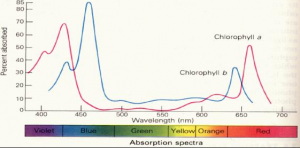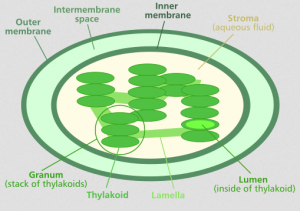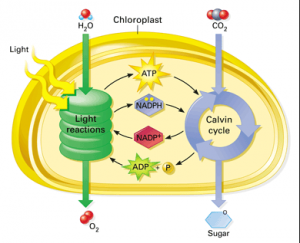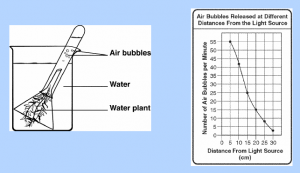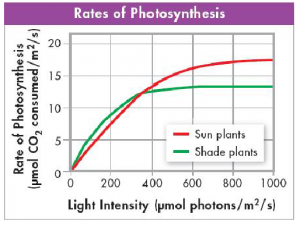Chapter 8.1 Energy and Life
Vocabulary:
- ATP adenosine triphosphate
- ADP axdenosine diphosphate
- autotroph
- heterotroph
- photosynthesis
Objectives:
- Why is ATP useful to cells?
- What happens during the process of photosynthesis?
Jan Baptiste Van Helmont’s experiement
Jan Baptiste van Helmont (1577-1644) performed a classic experiment on photosynthesis. In paragraph below, van Helmont describes his experiment. Read the paragraph and then address the questions that follow.
I took an earthen pot and in it placed 200 pounds of earth which had been dried out in an oven. This I moistened with rain water, and in it planted a shoot of willow which weighed five pounds. When five years had passed the tree which grew from it weighed 169 pounds and about three ounces. The earthen pot was wetted whenever it was necessary with rain or distilled water only. It was very large, and was sunk in the ground, and had a tin plated iron lid with many holes punched in it, which covered the edge of the pot to keep air-borne dust from mixing with the earth. I did not keep track of the weight of the leaves which fell in each of the four autumns. Finally, I dried out the earth in the pot once more, and found the same 200 pounds, less about 2 ounces.
Write down Van Helmont’s data.
Data:
Initial mass of soil = _______ Initial mass of tree = _______
Final mass of soil = _______ Final mass of tree = _______
Change in mass of soil = _______ Change in mass of tree = _______
- What did van Helmont conclude from his work?
- What reactant in photosynthesis did van Helmont not take into account?
Review Videos:
Crash Course Biology: Photosynthesis
mhttps://www.youtube.com/watch?v=sQK3Yr4Sc_k
Private universe: Photosynthesis (very long version) http://www.learner.org/resources/series26.html
Chapter 8.2 Photosynthesis: An overview
Objectives:
- What role do light and pigments play in photosynthesis?
- Label the structures of a chloroplast
- Describe the events of the light-dependent and light independent reactions
Vocabulary:
- pigment
- chlorophyll
- thylakoid
- grana
- stroma
- light dependent reaction
- light independent reaction
Photosynthetic organisms capture energy from sunlight with pigments
Pigments are light absorbing molecules
Examine the cross section of a chloroplast
Be able to identify the:
- thylakoid
- grana
- stroma
Describe the events of the light reaction and the light independent reaction.
The simple equation for photosynthesis is written below.
6 CO2 + 6 H2O –> C6H12O6 + 6 O2
carbon dioxide + water –> glucose + oxygen
Photosynthesis actually involves two sets of reactions:
- the light dependent reaction
- the light independent reaction
| Light dependent reaction | Light independent reaction | |
| Light required | ||
| Darkness required | ||
| Reactant(s) | ||
| Product(s) | ||
| Energy used to … |
8.3 The Process of Photosynthesis
Factors that affect the rate of photosynthesis
temperature
light
water
Temperature- the reactions of photosynthesis relay on enzymes. Photosynthesis occurs best between 0-35 degrees celcius. Why is temperature a factor?
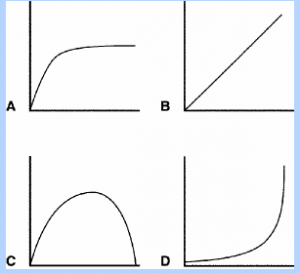 Examine the graphs where temperature is the x-axis and the rate of photosynthesis is the y-axis.
Examine the graphs where temperature is the x-axis and the rate of photosynthesis is the y-axis.
Which graph illustrates the rate of photosynthesis vs temperature?
Light- Intensity of light affects the rate of photosynthesis.
Examine the data. What is the relationship between light intensity and the rate of photosynthesis?
Is there a maximum amount of light intensity?
Explain using data from the graph.
Water is a reactant or raw ingredient for photosynthesis. Could photosynthesis occur without water?
Review activity:
http://www.phschool.com/science/biology_place/biocoach/photosynth/intro.html
Review video:
mhttps://www.youtube.com/watch?v=joZ1EsA5_NY

